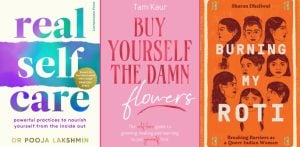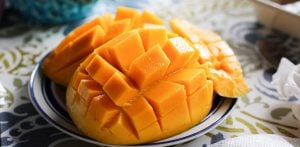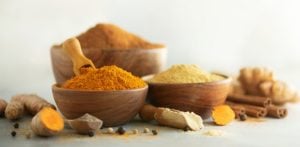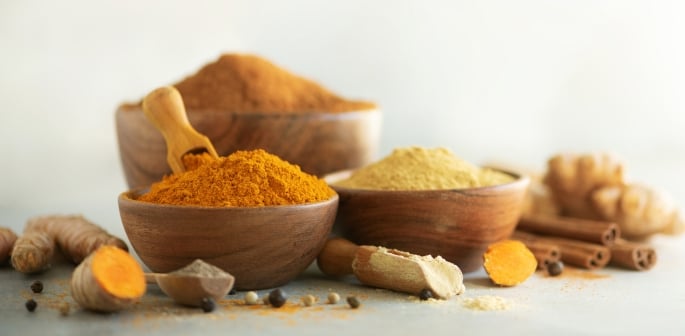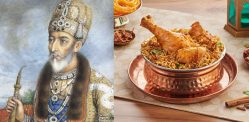Ginger is a medical staple across many regions.
South Asia’s rich natural resources of spices and various herbs have not only differentiated the region for its flavourful cuisines, but also for its longstanding medical traditions.
Unfortunately, these remedies are often dismissed because of the ‘yoga-fication’ of South Asia’s health and wellness practices.
Whether a pinch of turmeric or a hot dose of ginger tea, these treatments have sustained generations for centuries.
Today, we see the same ingredients resurface in ointments, over-the-counter supplements, and clinical research papers.
Their powers are being acknowledged and gradually absorbed into modern medicine.
DESIblitz will explore some of the traditional South Asian remedies that have stood the test of time.
Turmeric (Curcuma Longa)
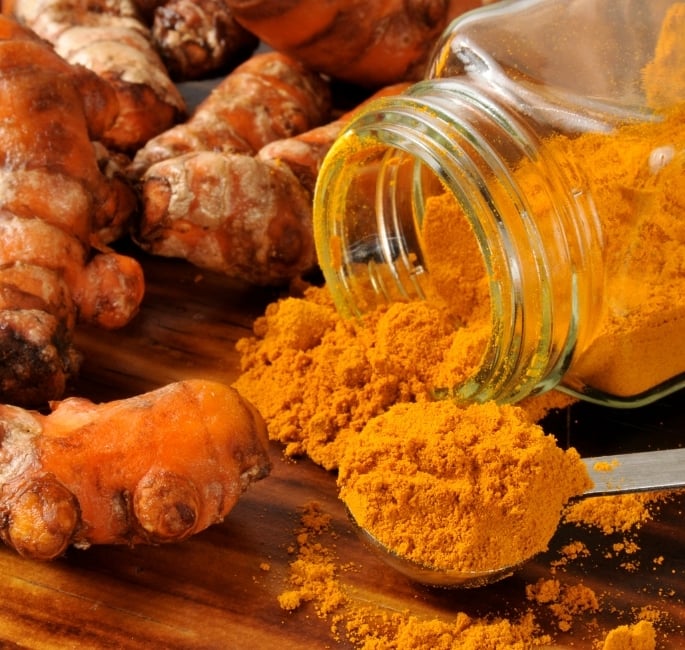 Turmeric has a long-lasting place within South Asia’s cultural and medicinal practices for over 4,000 years, including Ayurveda, a Sanskrit term meaning “science of life”.
Turmeric has a long-lasting place within South Asia’s cultural and medicinal practices for over 4,000 years, including Ayurveda, a Sanskrit term meaning “science of life”.
Ayurveda is a traditional medicinal system that prioritises balance within the body’s energies, or doshas.
Within Ayurveda, turmeric acted as an ushna (heating) herb that stimulates digestion, circulation, and detoxification.
The digestive process is seen as a fire, or agni, which transforms food into energy, much like coal burning into fuel.
Turmeric has long been used in rituals, as wound pastes, and in warm concoctions for colds and joint pains.
Ancient Ayurvedic texts mention turmeric both for its spiritual role in attaining purity and for its healing properties.
From this ritualistic and household significance, turmeric’s journey has seeped into today’s laboratories, where its bioactive compounds have become the subject of medical research.
Particularly, turmeric’s principal compound, curcumin.
This has significant anti-inflammatory and antioxidant effects.
A 2018 study, for example, showed that curcumin significantly improved pain and reduced inflammation in osteoarthritis patients, with minimal side effects.
Traditionally, turmeric was also combined with another ushna, maricha (black pepper), believed to enhance digestive agni.
This pairing features in long-standing remedies such as Haldi Doodh (Golden Milk), a warm drink of turmeric and milk often enhanced with black pepper.
Modern research adds weight to this practice.
One of the main issues with curcumin is how little of it the body can absorb. Yet, when combined with piperine (the main compound in black pepper), absorption improves by 2000%.
Therefore, in modern medicine, turmeric supplements that utilise this pairing have become widely available as complementary therapies for inflammatory conditions.
Neem (Azadirachta Indica)
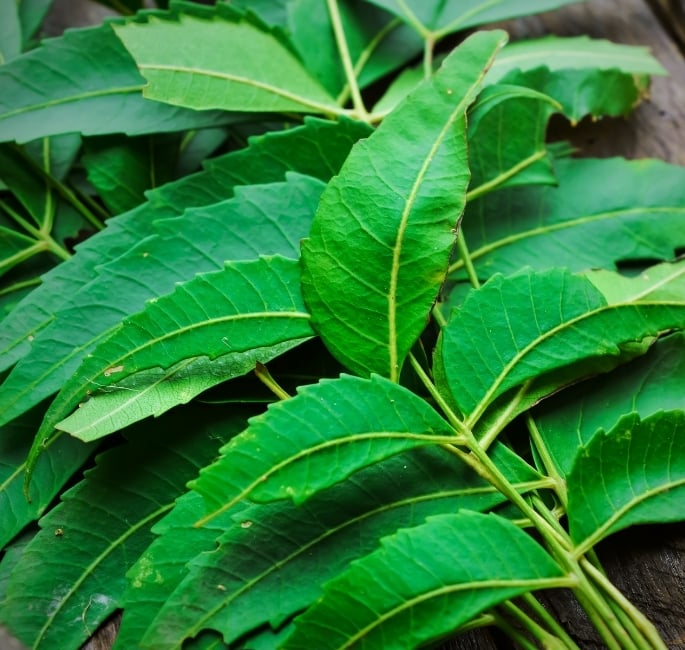 Neem, a tree native to the Indian subcontinent, is one of the most important medicinal plants in Ayurveda and other South Asian systems of medicine.
Neem, a tree native to the Indian subcontinent, is one of the most important medicinal plants in Ayurveda and other South Asian systems of medicine.
It is often called the ‘village pharmacy’ for its extensive healing range: from skin disorders and infections to metabolic and dental issues.
Moreover, as this is an evergreen tree, it remains green and leafy throughout the whole year.
Regardless of season, the leaves, bark, seeds, and oil of neem have always been available to ease the various ailments of its people for centuries.
This deep-rooted presence has naturally led to scientific interest, with modern research beginning to trace its most tangible effects.
Today, neem has gained particular relevance within dentistry. Traditionally, its twigs were used as toothbrushes.
Now, recent studies show that toothpaste containing neem significantly reduces plaque and gingivitis, thanks to its antimicrobial and anti-inflammatory properties.
Though research outside of the dental field has been limited, there is growing interest in neem’s antiviral, antifungal, and antimalarial potential.
With global attention turning to plant-based and organic medicine, neem’s longstanding reputation may pave the way for a broader role in modern healthcare.
Psyllium Husk (Plantago Ovata)
 Psyllium husk, also known as Isabgol, has long been a staple remedy for digestive health.
Psyllium husk, also known as Isabgol, has long been a staple remedy for digestive health.
It plays a dual role: relieving both constipation and helping with diarrhoea by normalising stool consistency.
Both Ayurvedic and Unani doctors prescribed it to those struggling with bowel issues as a gentle laxative and digestive cleanser.
What was once prescribed through intuition and careful observation is now assessed with clinical precision, both resulting in strikingly similar conclusions.
Modern research has confirmed psyllium as a proven colonic bulk enhancer.
Its soluble fibre forms a gel-like substance in the intestines, increasing stool bulk and moisture.
This eases bowel movements and supports smoother, regular digestion.
Several health authorities, including the FDA in the US and the MHRA in the UK, have recognised psyllium’s effectiveness.
In the UK, it is sold over the counter under product names such as Fybogel, Isogel, and Regulan.
Beyond bowel health, clinical studies also show psyllium helps lower cholesterol and regulate blood sugar.
This proven effectiveness and versatility have secured Isabgol as a reliable remedy across time for supporting digestive and metabolic health.
Ashwagandha (Withania Somnifera)
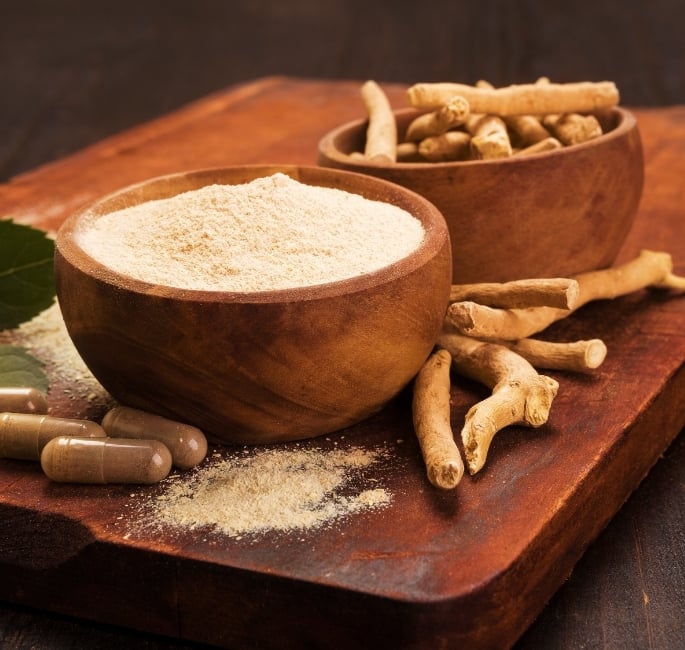 Often referred to as the ‘Indian ginseng’, ashwagandha has recently gone viral.
Often referred to as the ‘Indian ginseng’, ashwagandha has recently gone viral.
Creators on TikTok have been sharing their experiences of using it to reduce stress and anxiety and improve cognitive function and overall well-being.
In Ayurveda, ashwagandha is regarded as a rasayana, a rejuvenating herb that is believed to enhance energy, stamina, and overall well-being, thereby potentially improving life expectancy.
That reputation has carried forward into today, where researchers test its adaptogenic potential in controlled settings.
Clinical trials in 2012 found that ashwagandha significantly reduced cortisol and stress levels in adults with chronic stress compared with a placebo.
But ashwagandha is not just for mental well-being.
A study on gym-goers showed how the group taking ashwagandha had greater gains both in muscle strength and size.
Other studies suggest improvements in sleep quality, immune support, and memory.
Participants fell asleep faster, woke less often during the night, and reported greater refreshment.
Some even showed enhanced attention span and processing speed.
This wide range of potential benefits helps explain why ashwagandha continues to attract attention from both wellness creators and scientific researchers.
Ginger (Zingiber Officinale)
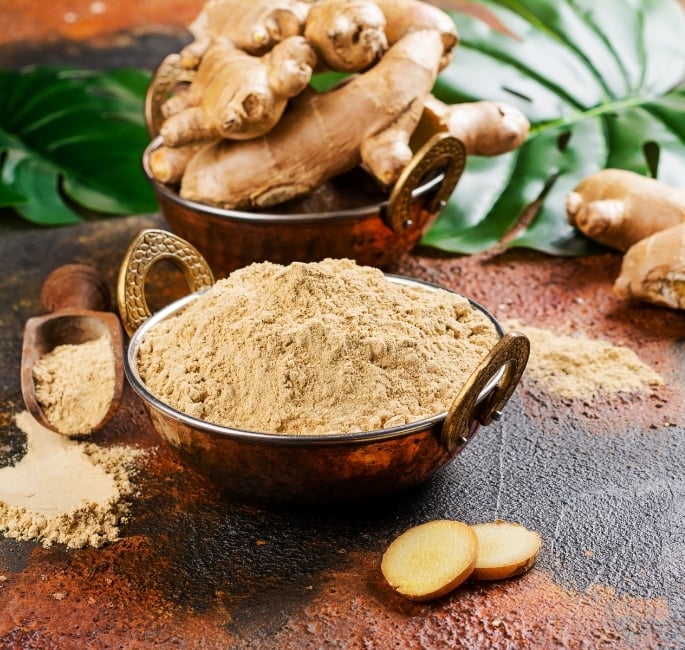 Ginger is a medical staple across many regions, particularly in South Asia.
Ginger is a medical staple across many regions, particularly in South Asia.
Its history spans over 3,000 years, and it features in the Ayurveda, Siddha, and Unani systems.
In Ayurveda, ginger is also classed as an ushna remedy, used to restore balance during illness.
It was boiled in water or milk for coughs, sore throats, and colds, or taken fresh or dried for indigestion.
Applied as a paste, it was believed to improve circulation, reduce inflammation, and ease muscle stiffness.
Ginger tea was therefore also used as a treatment for nausea, particularly in pregnancy.
Such varied traditional uses have set the stage for systematic studies, particularly around digestion and nausea.
Recent studies support its potential for easing symptoms of nausea.
A meta-analysis of studies involving over 1,000 pregnant women found that ginger significantly reduced symptoms of morning sickness.
Today, many obstetricians and midwives recommend ginger or ginger supplements as a first-line, non-pharmaceutical treatment for morning sickness and nausea.
Its warming bite and proven effects ensure ginger remains as valuable in today’s medicine cabinet as it was in ancient practice.
From the golden turmeric milk to the soothing burn of ginger, these remedies tell a story of endurance and adaptability.
They have travelled from ancient handwritten Ayurvedic manuscripts and household kitchens to research laboratories, pharmacy shelves, and even medical guidelines.
Each of them is united by a shared history of endless testing and rigorous trial and error that has spanned centuries.
This testing continues today, and still, their place in modern healthcare is not without nuance.
Some, like psyllium husk for bowel health or ginger for pregnancy nausea, have already gained official medical recognition.
Others are still in the early stages of validation, garnering growing global interest.
In revisiting these remedies, we recognise not only their pharmacological potential but also the cultural heritage and empirical wisdom that first brought them to life.
And as modern medicine continues to evolve, these traditions may yet offer new pathways for innovation and discovery in the future of healthcare.





